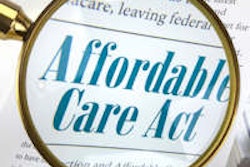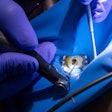BOSTON - A study from Mexico found a high prevalence of oral disease in people with disabilities. The researchers presented their findings in a poster at this week's International Association for Dental Research (IADR) 2015 General Session.
A group from the Autonomous University of Nuevo León in Monterrey wanted to measure the prevalence of oral diseases associated with sociodemographic risk factors, health, and nutrition among people with disabilities. They studied 83 patients of both sexes between the ages of 3 and 65 years who had a variety of disabilities and were assigned to specialized care centers. Data were recorded on sociodemographic risk factors, hygiene, and nutrition.
Of the patients, 100% did not have good oral hygiene, with almost 47% having severe inflammation and 48% having poor hygiene. Individuals with motor disability had the highest average number of decayed teeth, at 9.8 per person; those with mental retardation had an average of 9.6 decayed teeth and those with language problems had an average of 8.3 decayed teeth.
Most of the subjects showed poor oral health outcomes, mainly gingival problems of moderate to severe decay and poor oral hygiene, the researchers concluded. While 75% of these patients did have medical coverage, they were without specific protection programs that included preventive, curative, and rehabilitative follow-up.



















